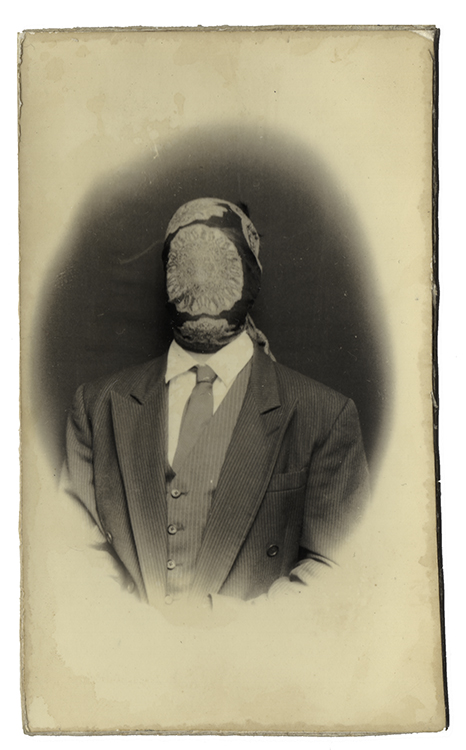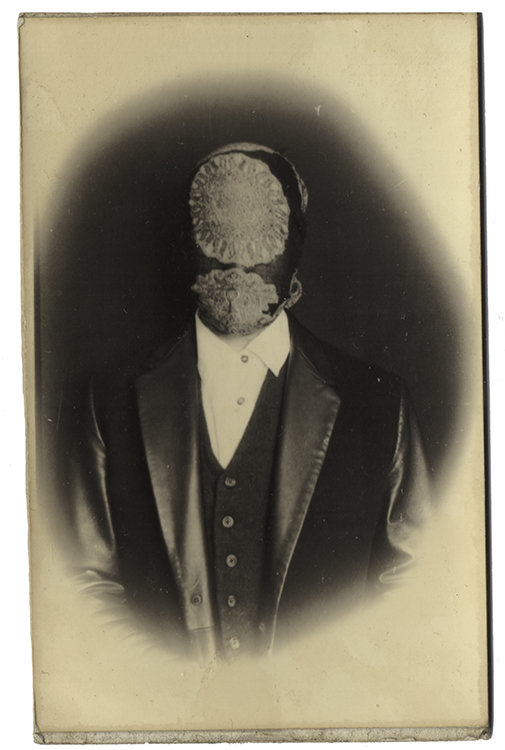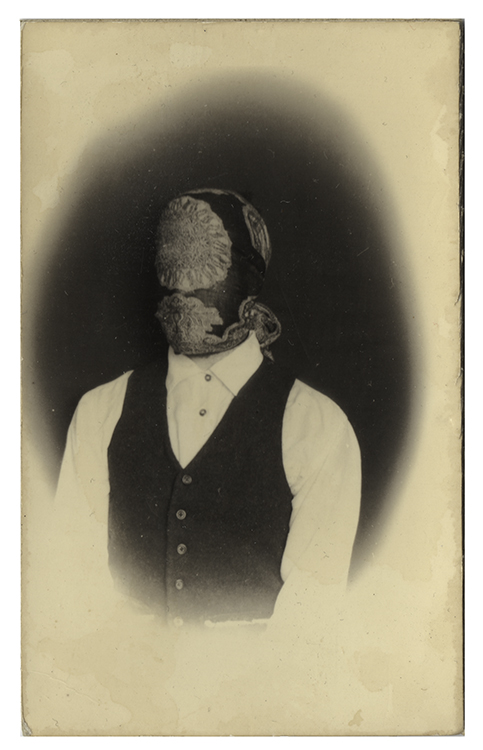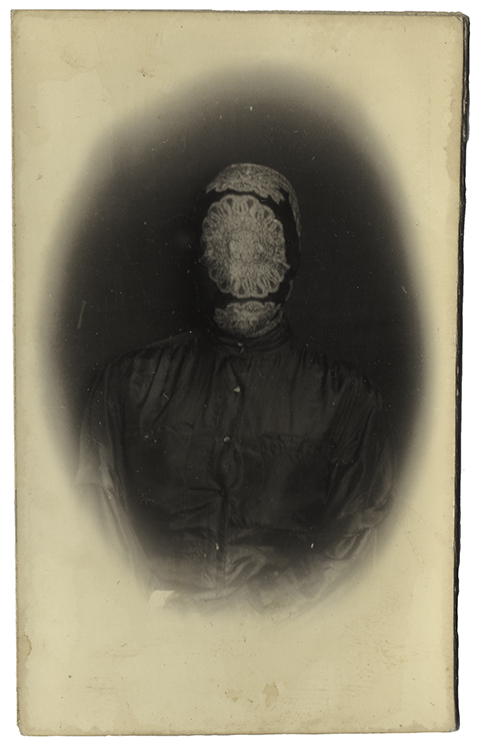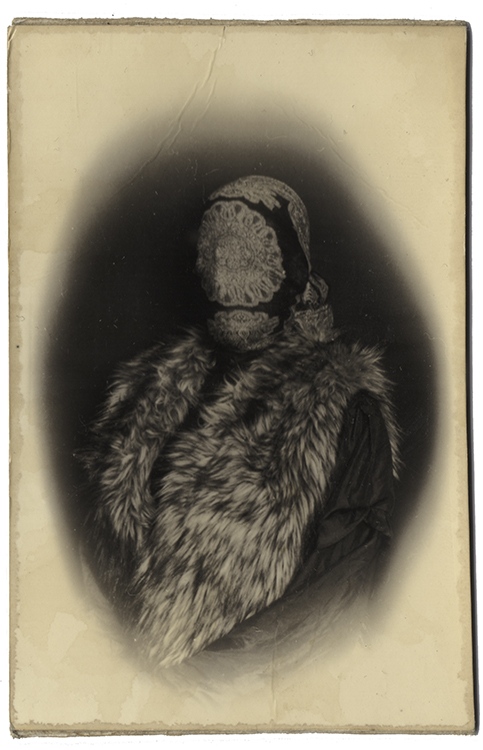The collodion process is an early photographic process. The collodion process, mostly synonymous with the "collodion wet plate process", requires the photographic material to be coated, sensitized, exposed and developed within the span of about fifteen minutes, necessitating a portable darkroom for use in the field. Collodion is normally used in its wet form, but can also be used in humid ("preserved") or dry form, at the cost of greatly increased exposure time. Redemption
Taking a different approach to what I am accustomed to, what normally would take a few hours to photograph a subject, I minimized to seconds. Photography is so much about trust by cutting down the time I took to make my subject feel comfortable, I am left vulnerable. Today, so much of our interactions with each other are similar to this. Rushed greetings, with no genuine intentions of forming relationships, so much is lost. That time is then reclaimed in the printing process, as each individual portraits takes a minimum of 5 minutes to print and process. The goal of this work is too collect portraits throughout my life and continue to build the tapestry of my life and it’s ties to people and photography. This work, much like the entirety of my work, is a love letter to photography.
Wet plate photographic prints on reclaimed 35mm film canisters bound by bronze wire.
Ongoing work avaliable on loan.
Currently approx 30"x48"









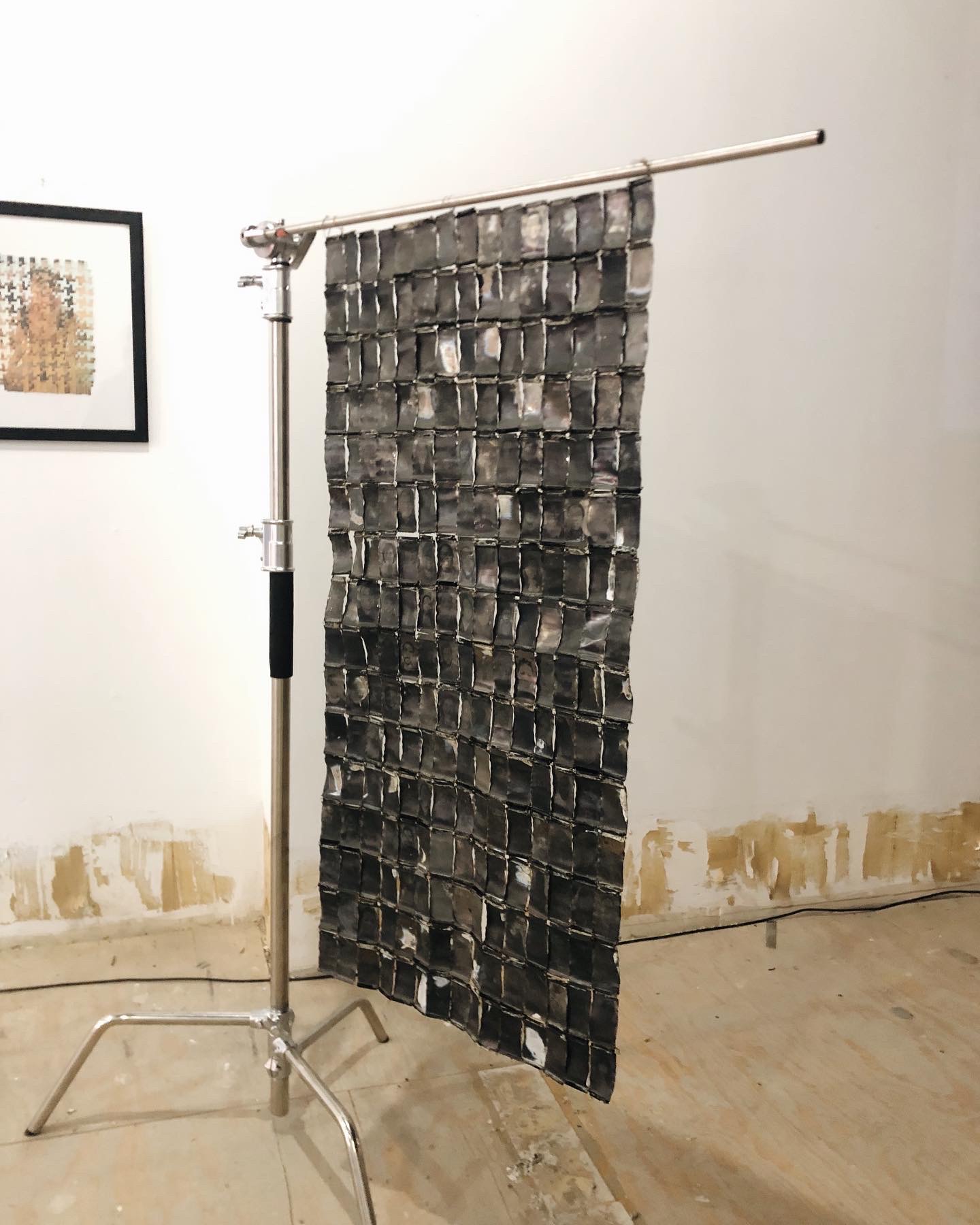
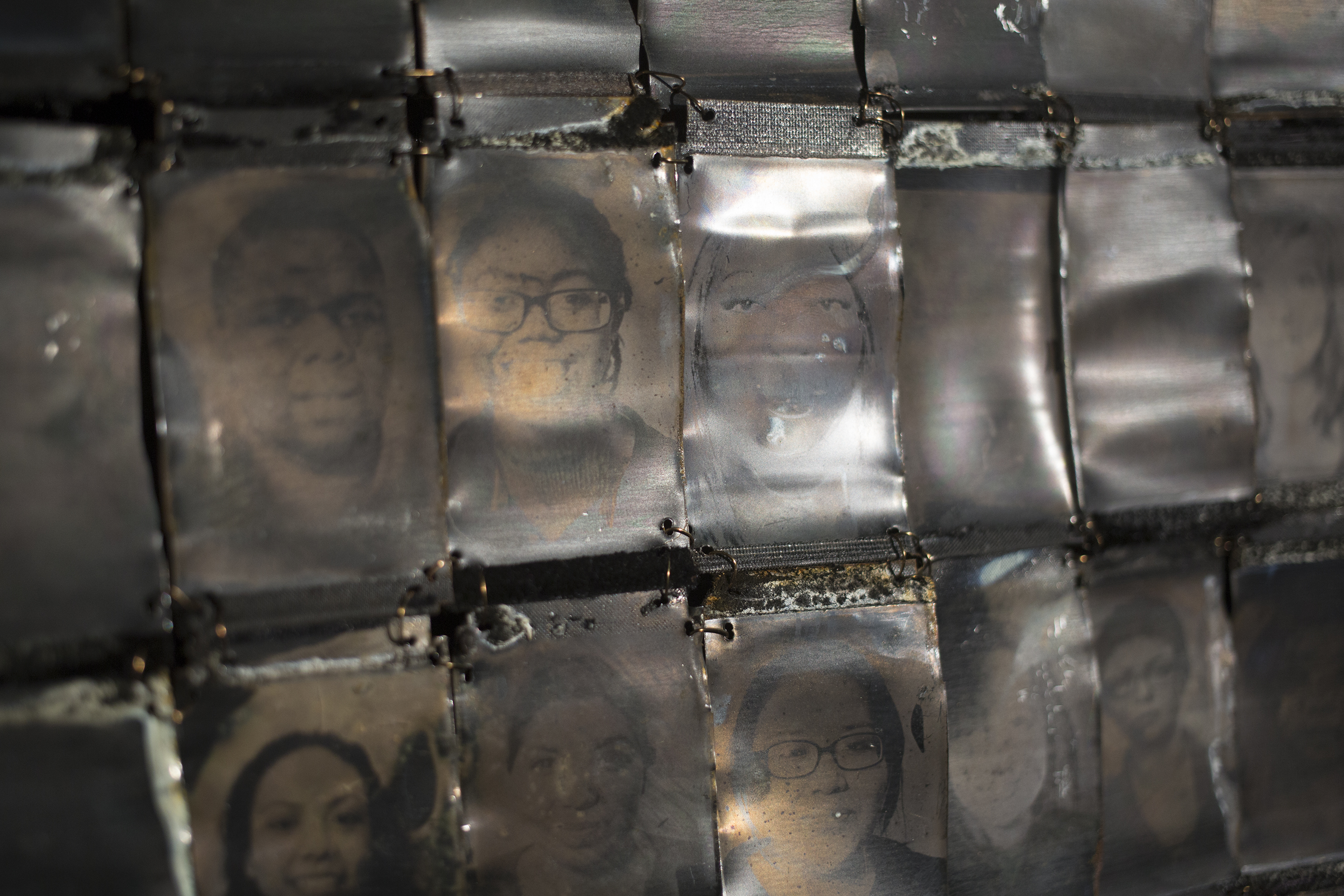

A tintype, also known as a melainotype or ferrotype, is a photograph made by creating a direct positive on a thin sheet of metal coated with a dark lacquer or enamel and used as the support for the photographic emulsion. Tintypes enjoyed their widest use during the 1860s and 1870s, but lesser use of the medium persisted into the early 20th century and it has been revived as a novelty and fine art form in the 21st.
Collection of wet plate tintypes
Various Sizes










Collection of dry plate tintypes
Various Sizes
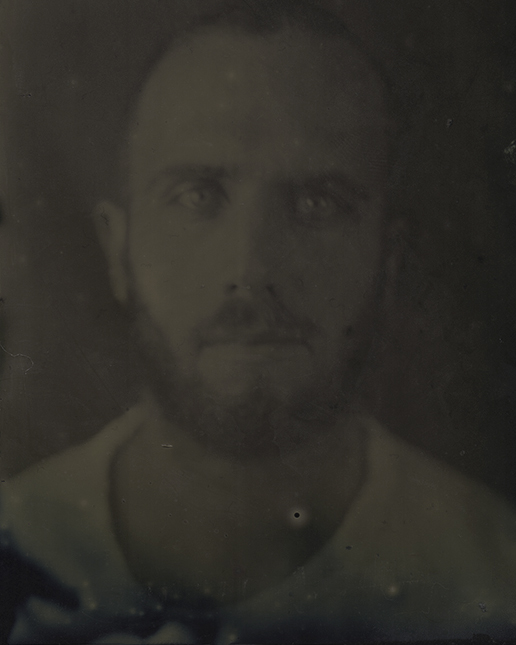


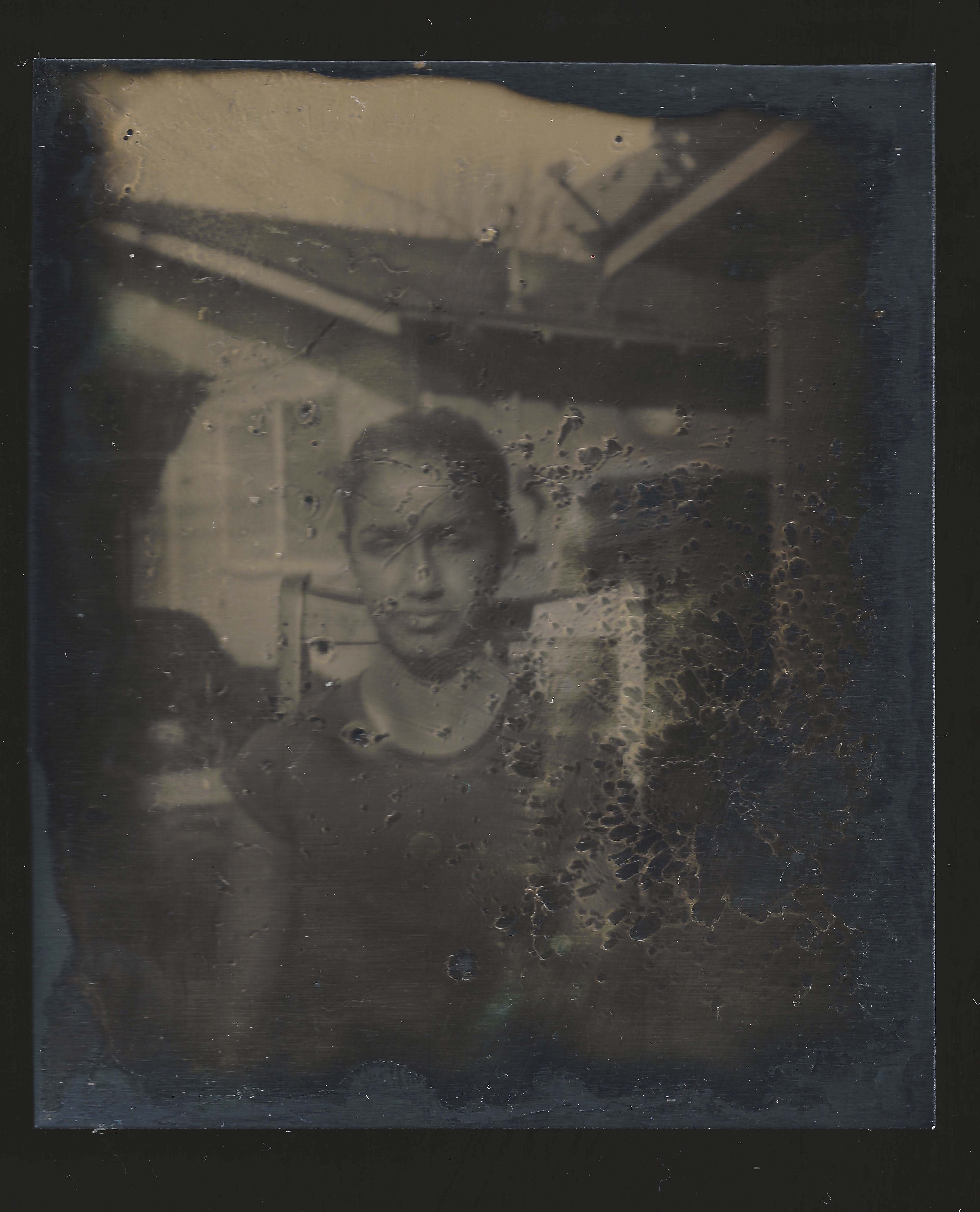

Cyanotype is a photographic printing process that produces a cyan-blue print. Engineers used the process well into the 20th century as a simple and low-cost process to produce copies of drawings, referred to as blueprints. The process uses two chemicals: ferric ammonium citrate and potassium ferricyanide.

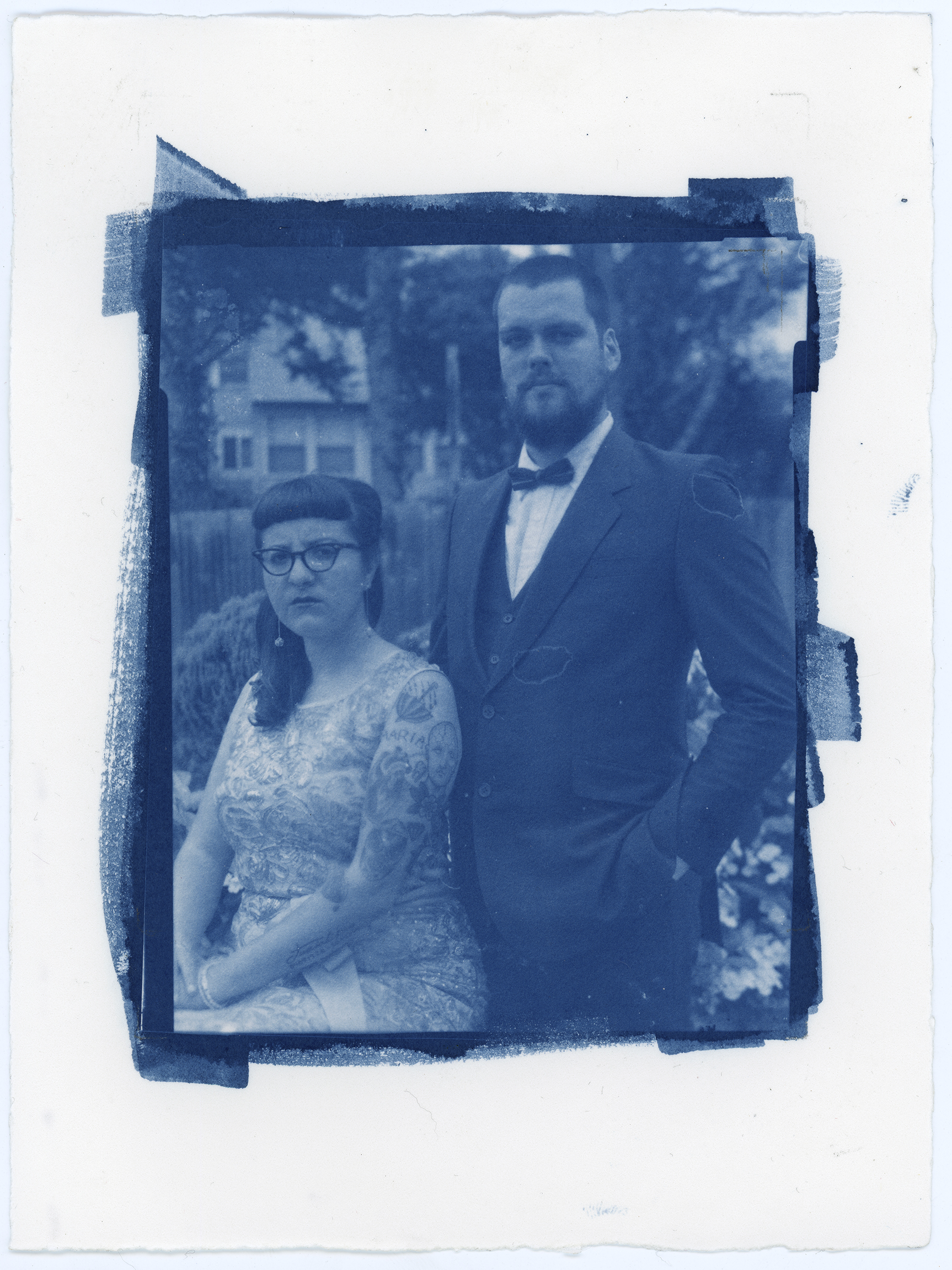



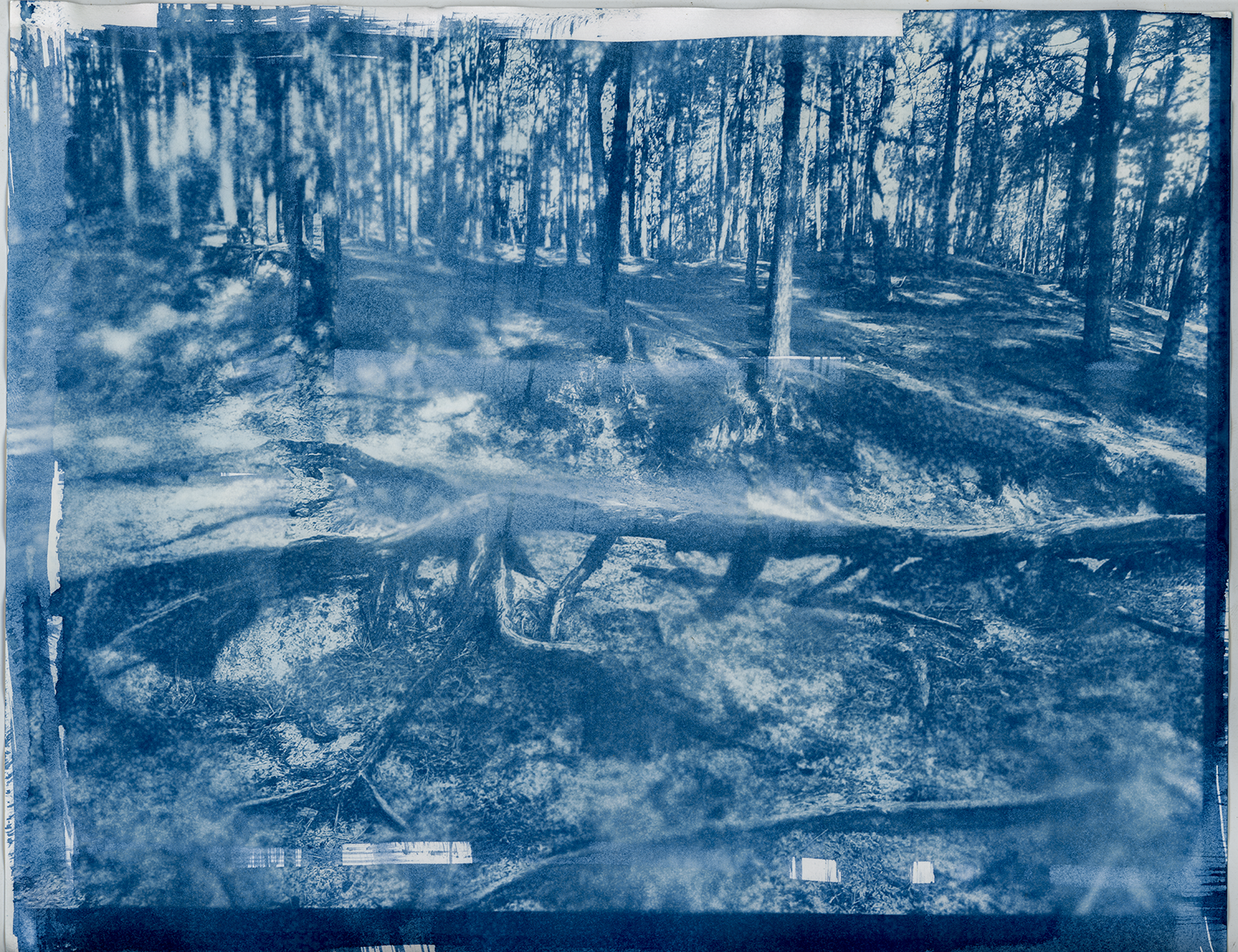
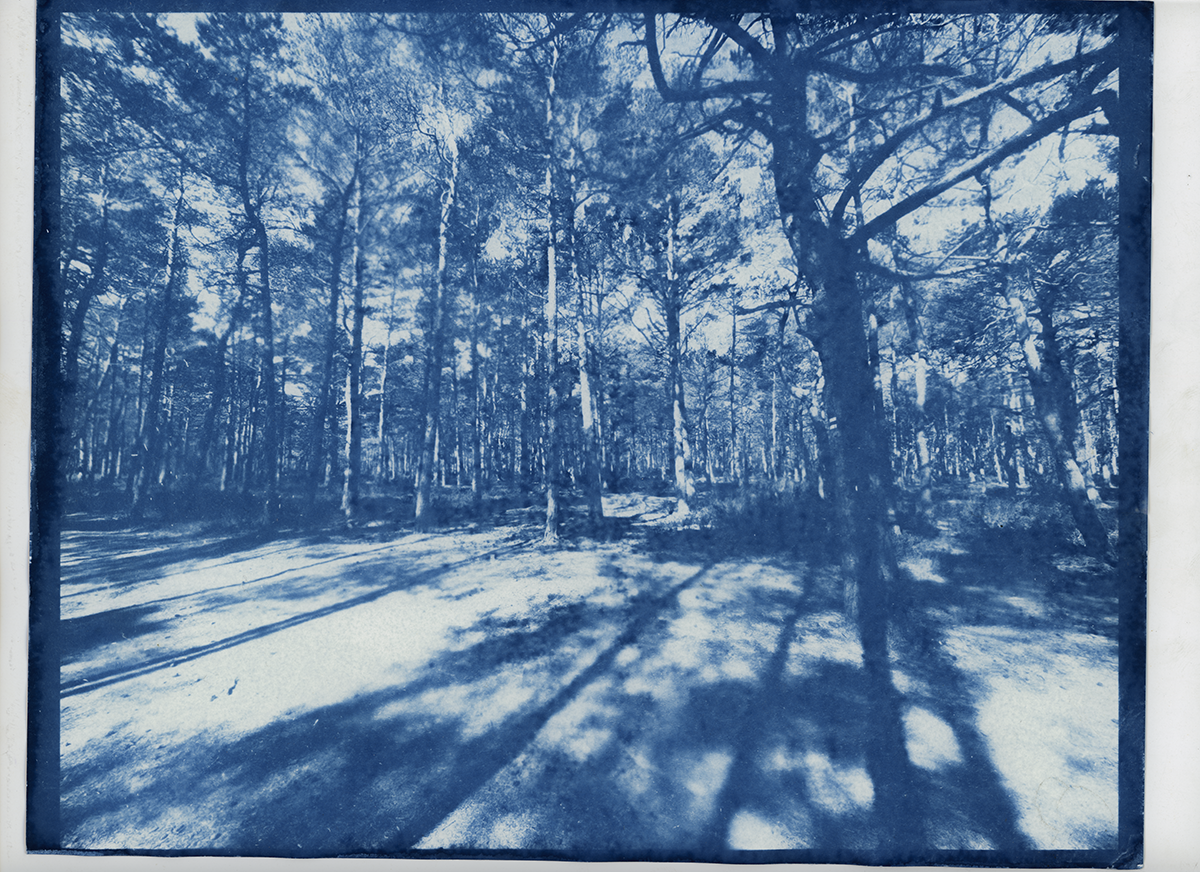
Remedios Caseros (Home Remedies)
Being Mexican-American, alternative medicine is a huge part of my culture when it comes to our well being. While visiting my grandmother during a time of illness, I was reminded of a time where a simple tea could heal my illnesses. I toned each print in different natural home remedies I grew up with as a child as a way cope with the inevitable loss of my grandmother.
Toned Cyanotype photographs on watercolor paper.
2014


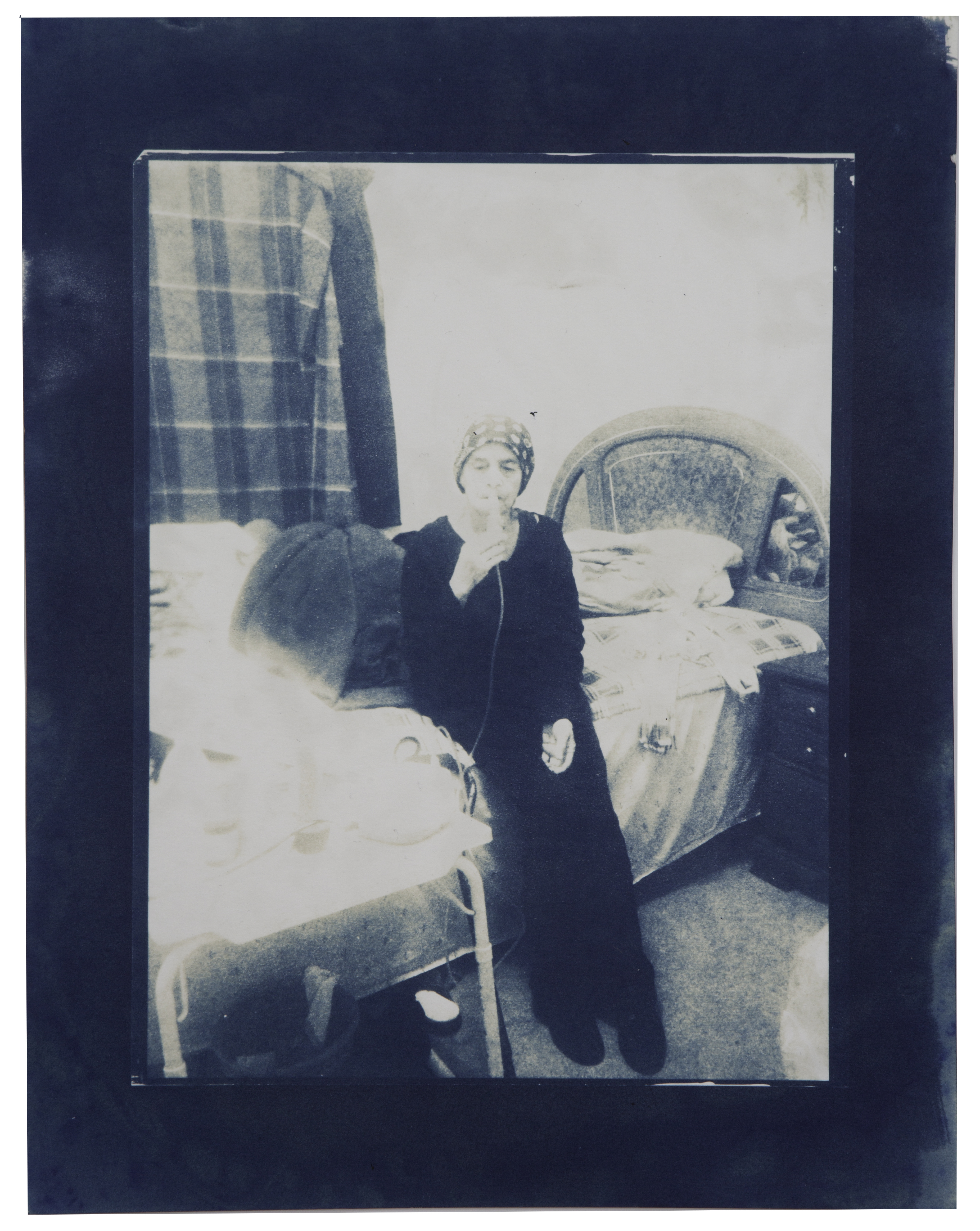

Anthotypes
An anthotype is an image created using photosensitive material from plants. This process was originally invented by Mary Somerville who presented her research to Sir John Herschel (who is often misquoted as the inventor) in 1842. An emulsion is made from crushed flower petals or any other light-sensitive plant, fruit or vegetable. Today we will be using turmeric. A coated sheet of paper is then dried. Place some material, for example leaves or a transparent photo positive on the paper and expose to direct full sunlight until the image part not covered by the material is bleached out by the sun rays. The color remains in the shadowed parts. The paper remains sensitive against such rays.
Anthotype prints using turmeric
Various Sizes

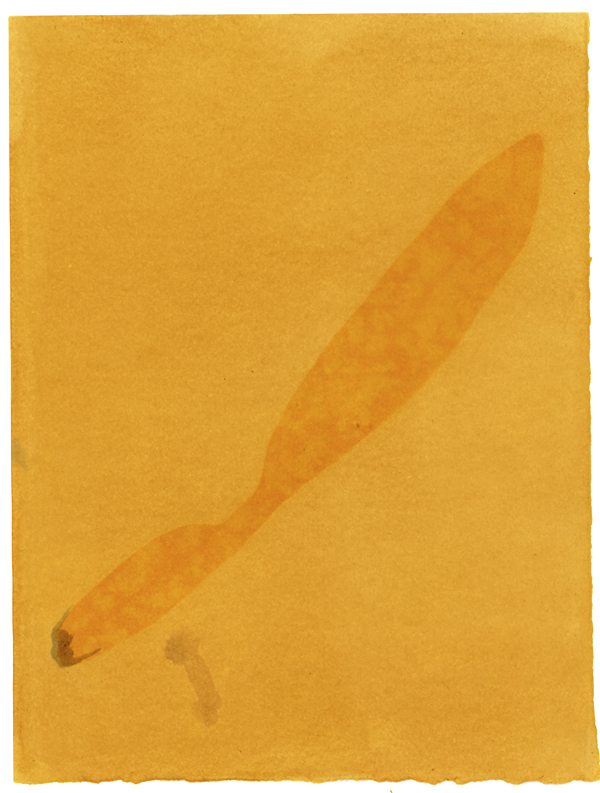



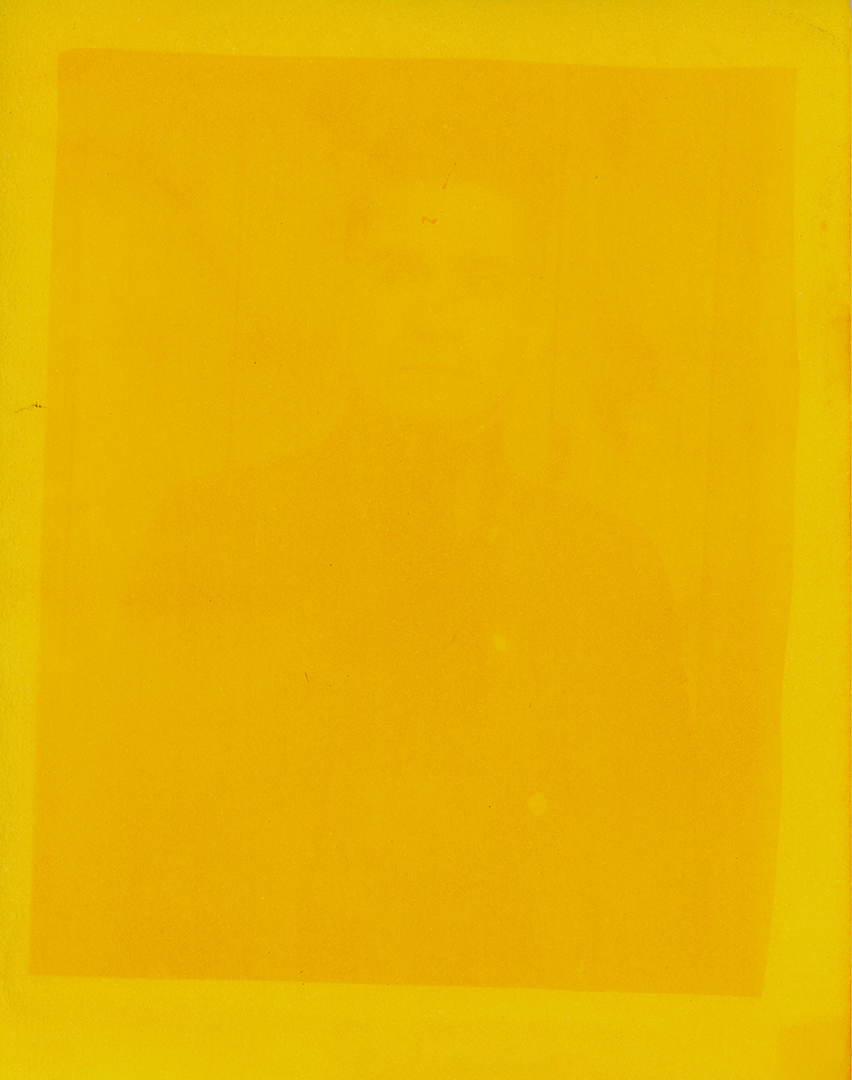
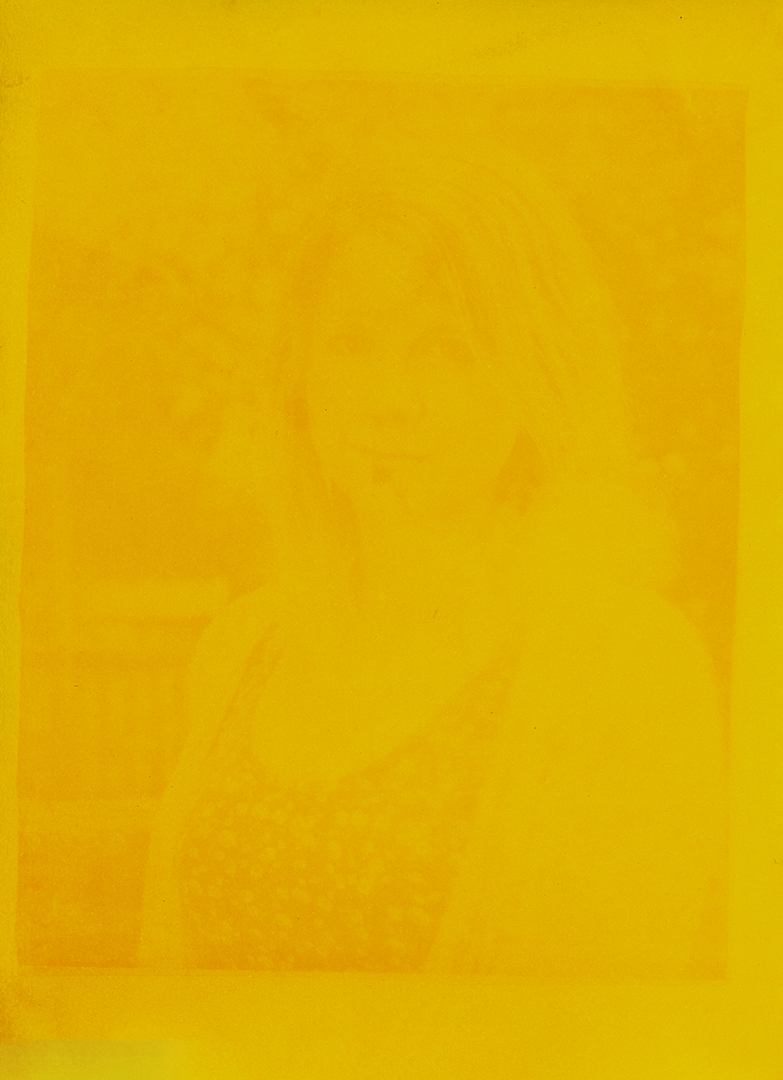
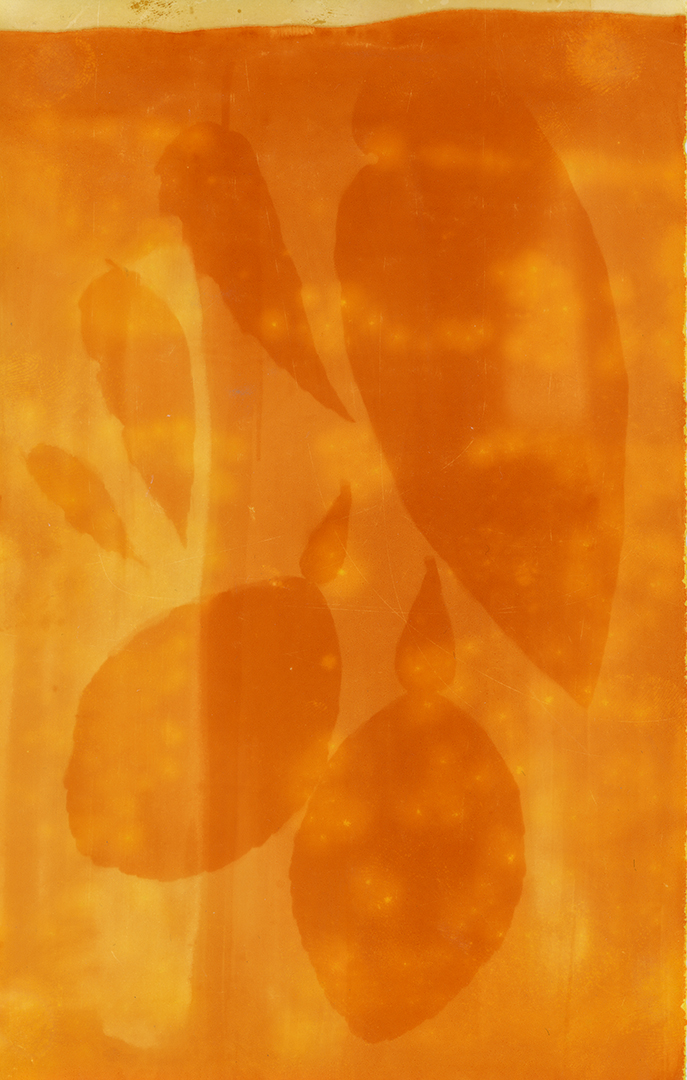


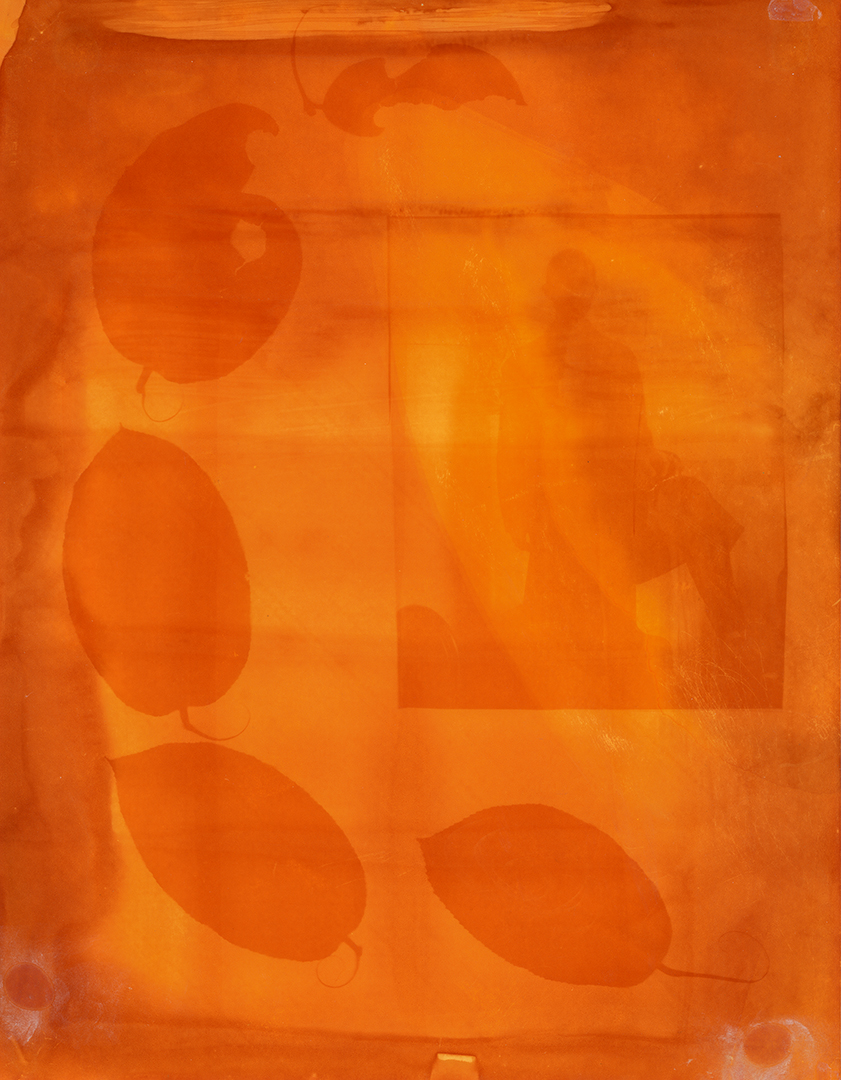



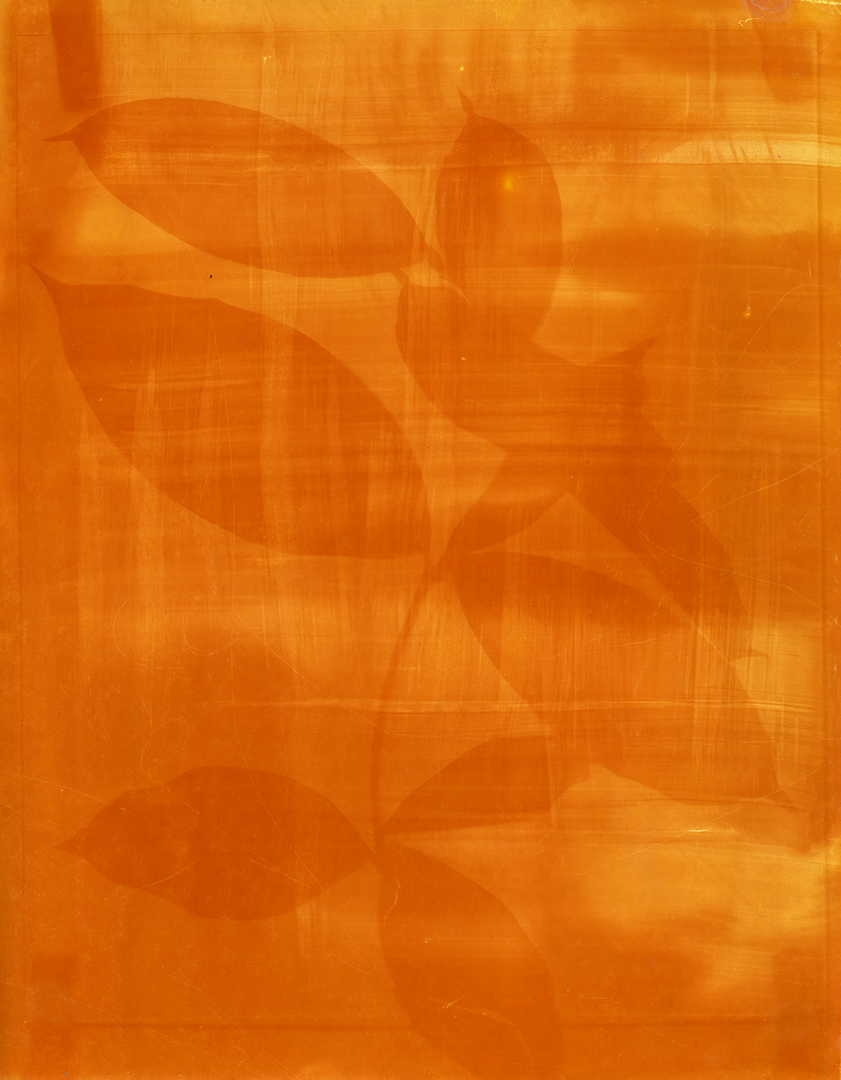

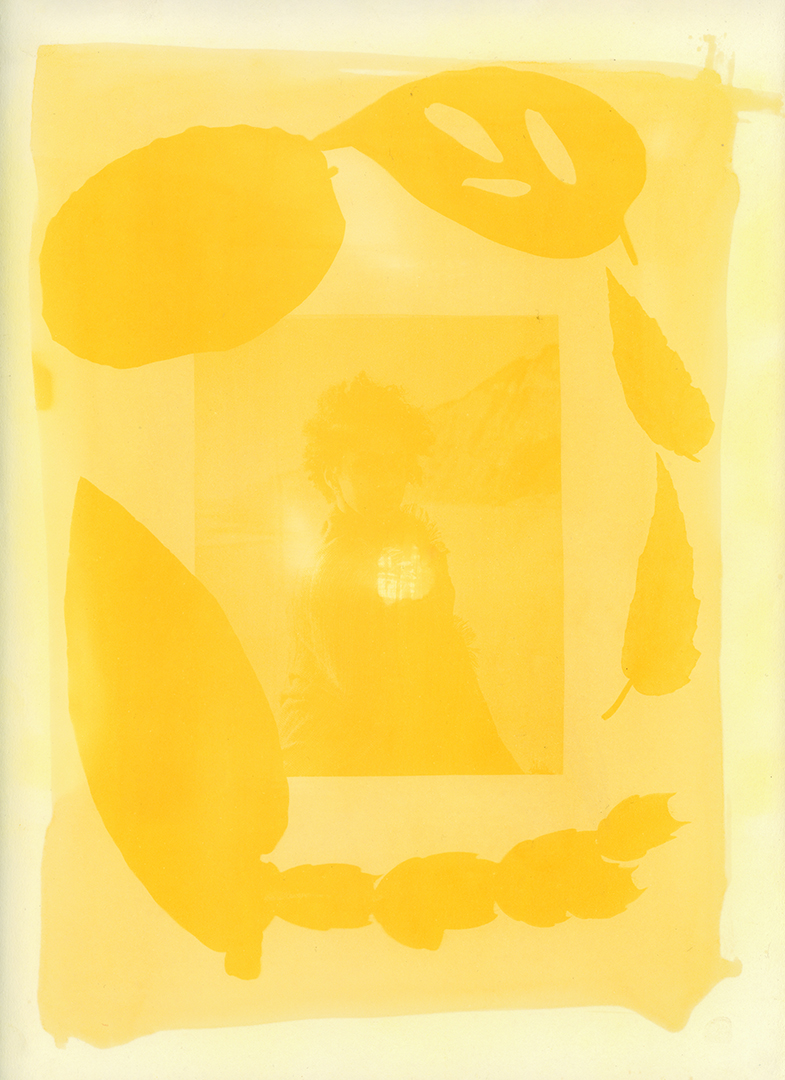


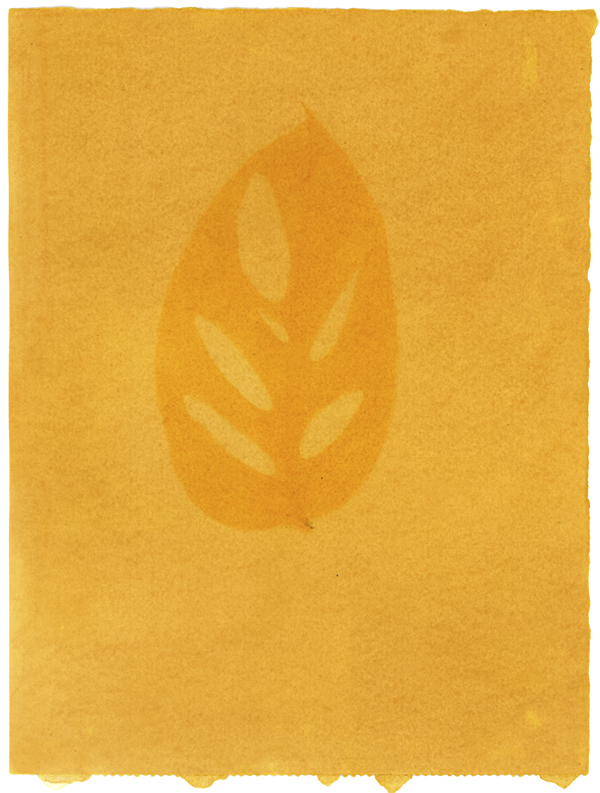
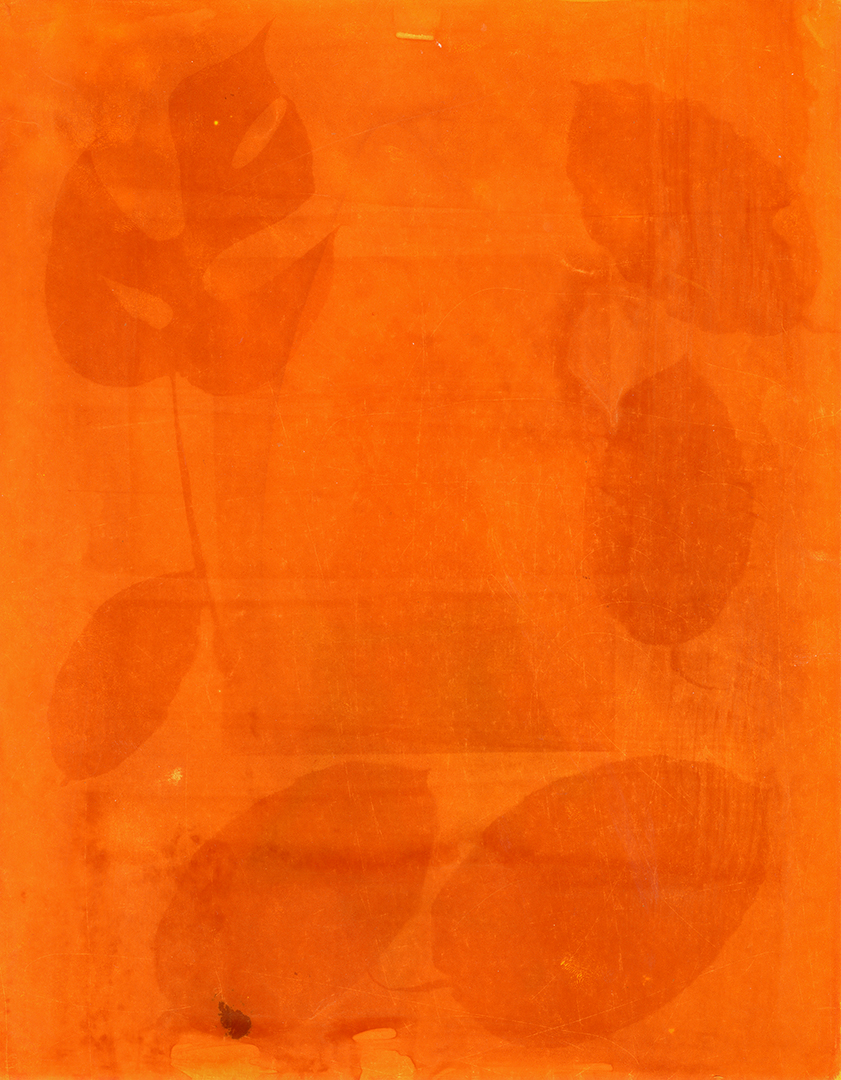
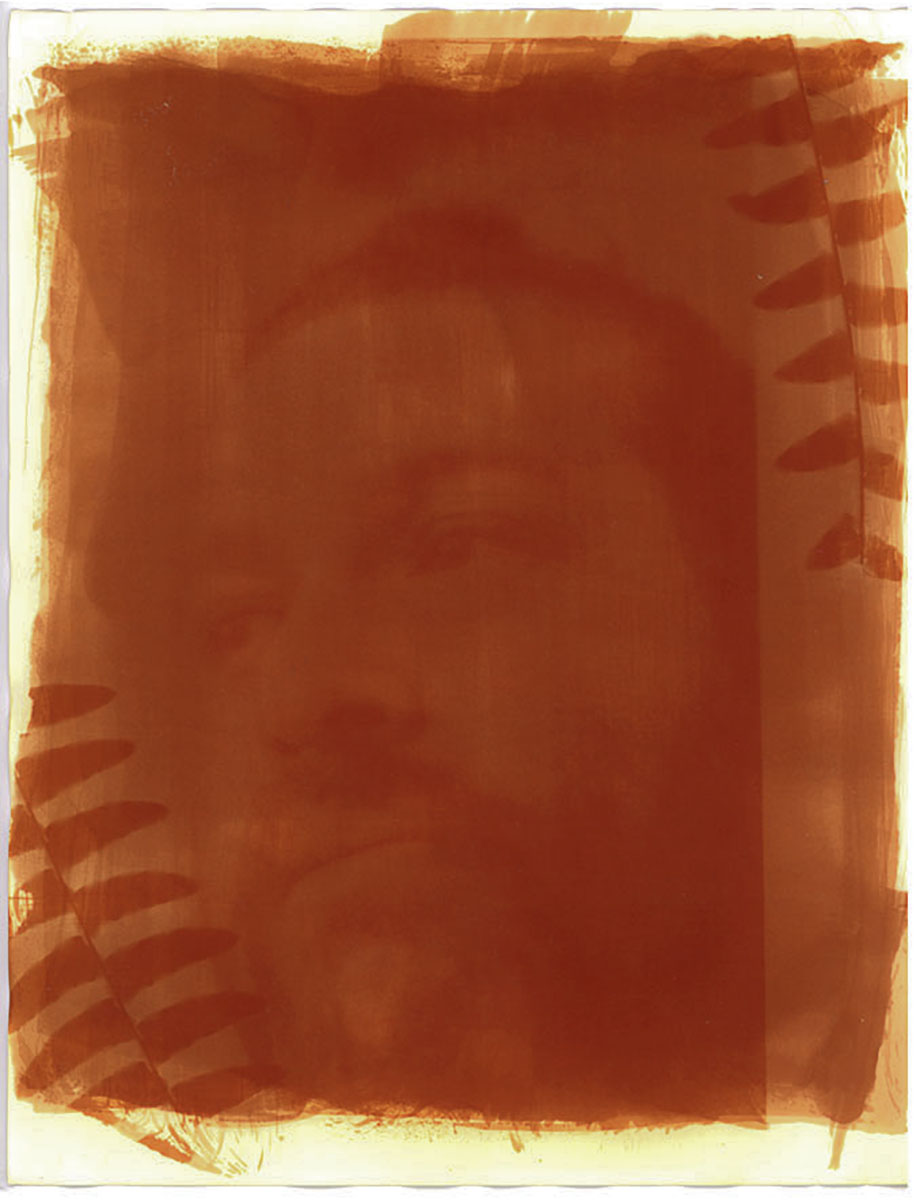



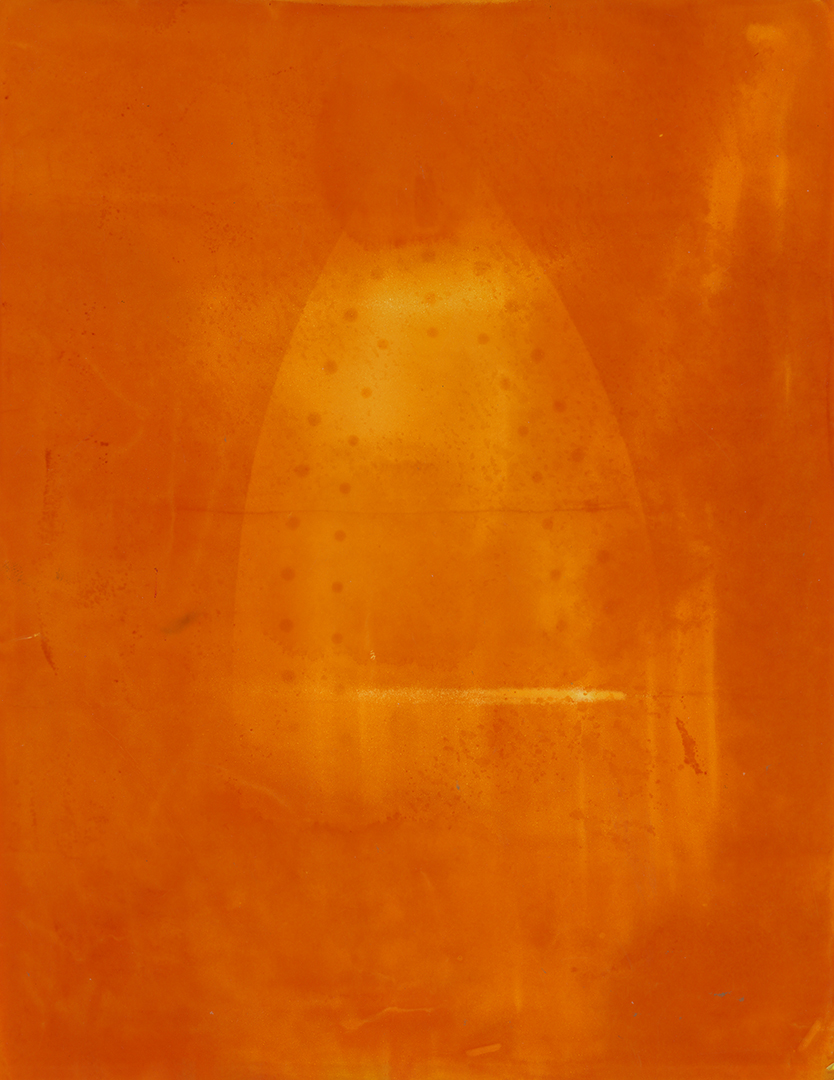


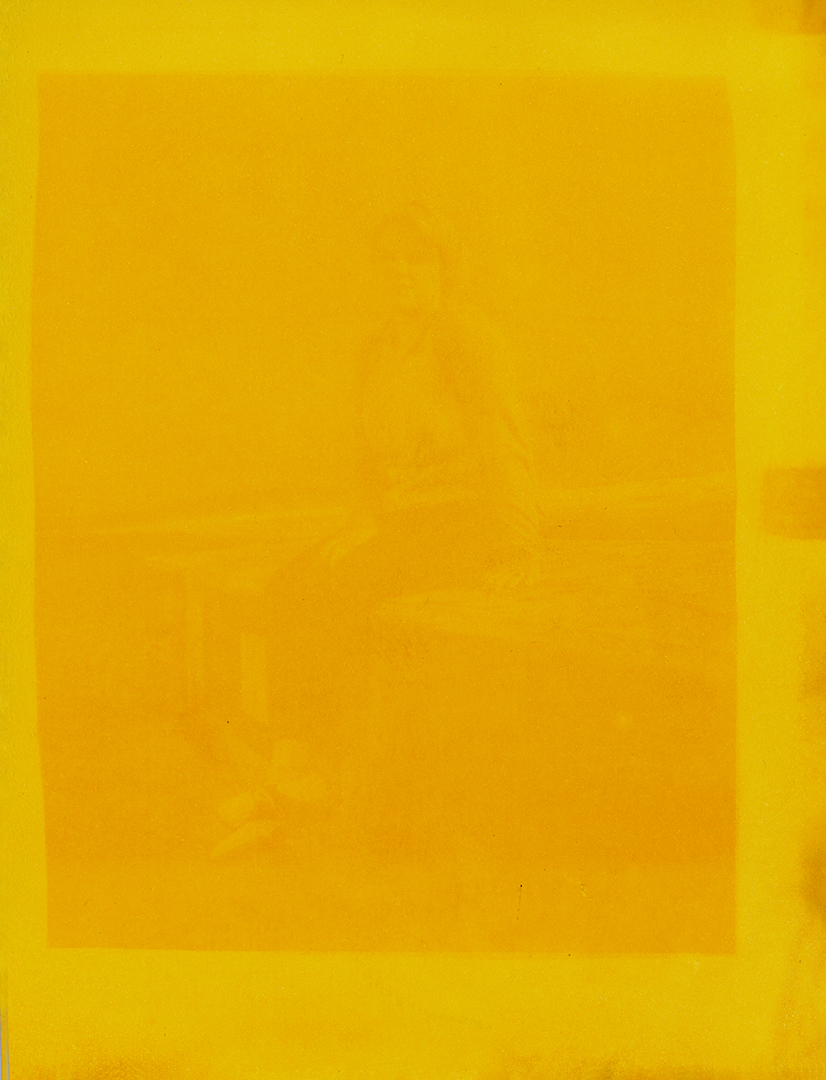
Chemigrams
The chemigram process was discovered by Pierre Cordier on November 10, 1956. It is a unique process that uses resists on photographic paper much the same way as wax is used as a resist in batik.
What Cordier discovered in 1956 was that a resist can hold back the chemical effects of developer and fixer on black and white photo paper for a time. Paper put into developer that has been exposed to normal room light for varying periods of time will turn black, except where a resist blocks the chemical reaction. The parts of the paper protected by the resist will continue to change color from extended exposure to room light, of course.Likewise, paper put into fixer turns white, except where a resist blocks the chemical reaction. The parts of the paper protected by the resist continue to change color from the room light exposure, and suddenly there is the possibility of black, white, and colors in-between on normally monochrome paper. With a back and forth from developer to fixer or fixer to developer, the resist begins to dissolve, so the next chemical bath either turns slowly exposing paper under the dissolving resist black (developer) or white (fixer) or some color in-between because of the now-lengthening room light exposure. With time this dissolution can be coaxed into creating beautiful, intricate patterns.
Chemigram prints, 2017
Various silver gelating papers, Akua ink
20cm x 25cm







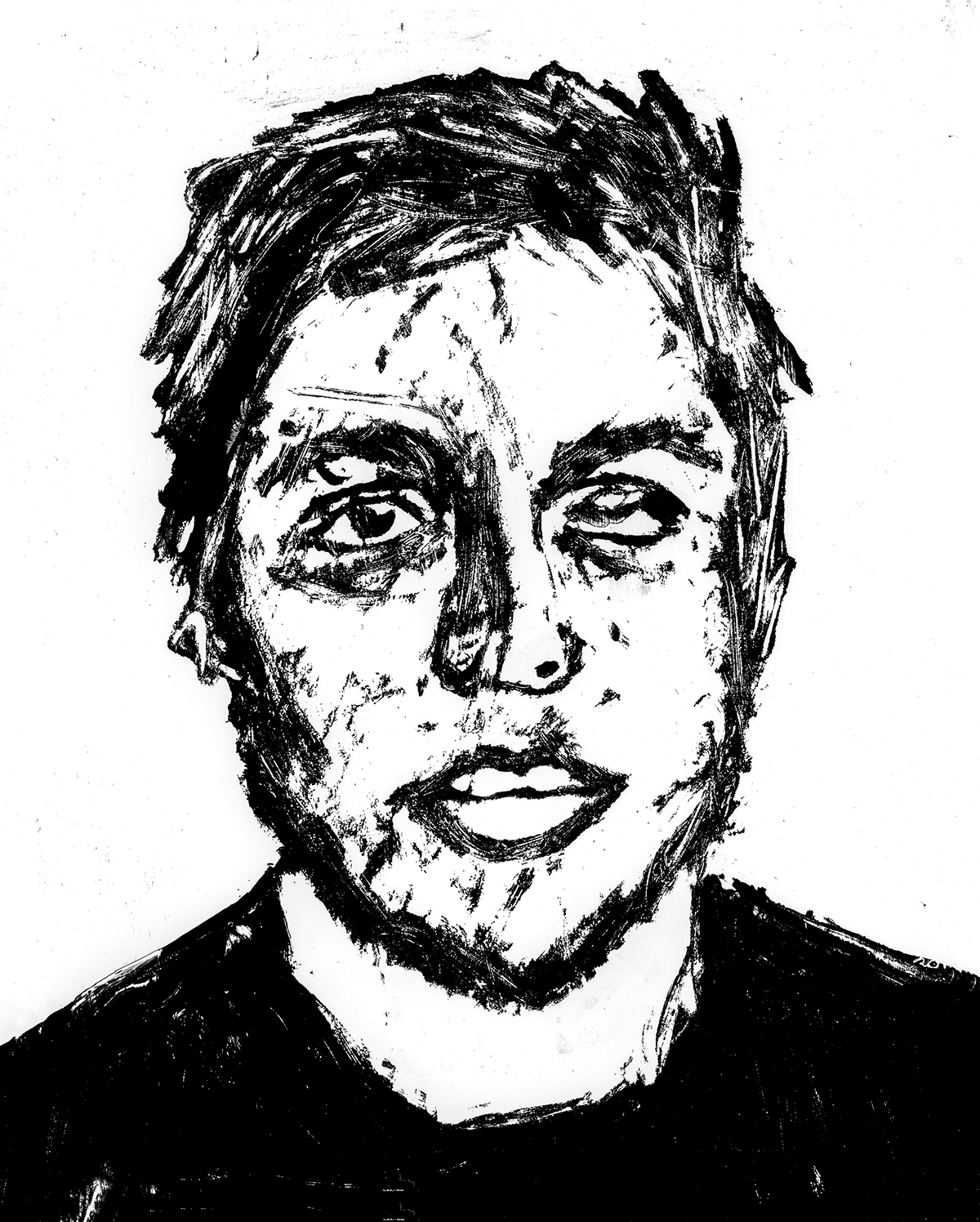


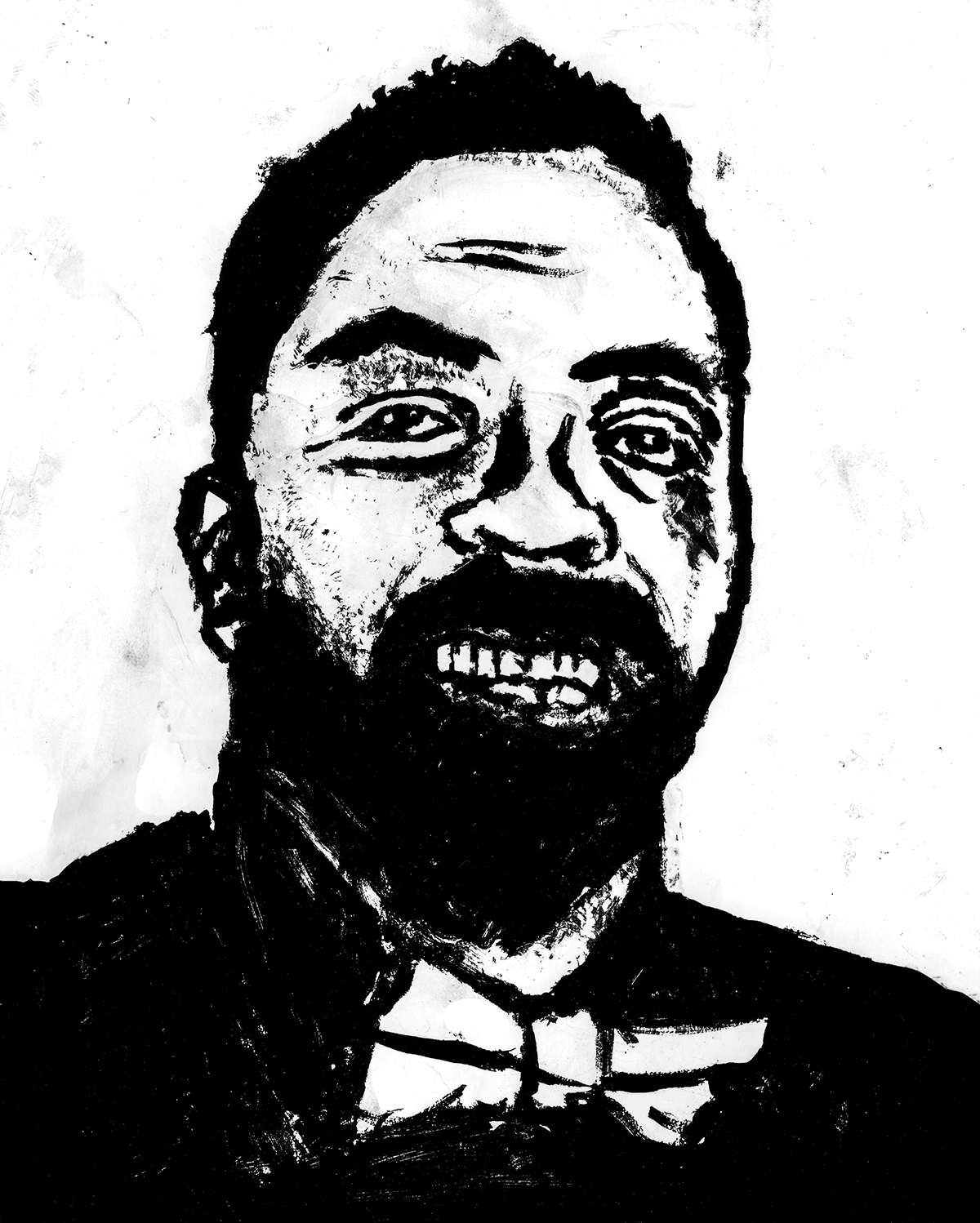


The Hermit
Conversations between two lovers.
Toned Silver Gelatin Cabinet Cards Poem by Oliver Goldsmith
Approx 2”x3”
2011

